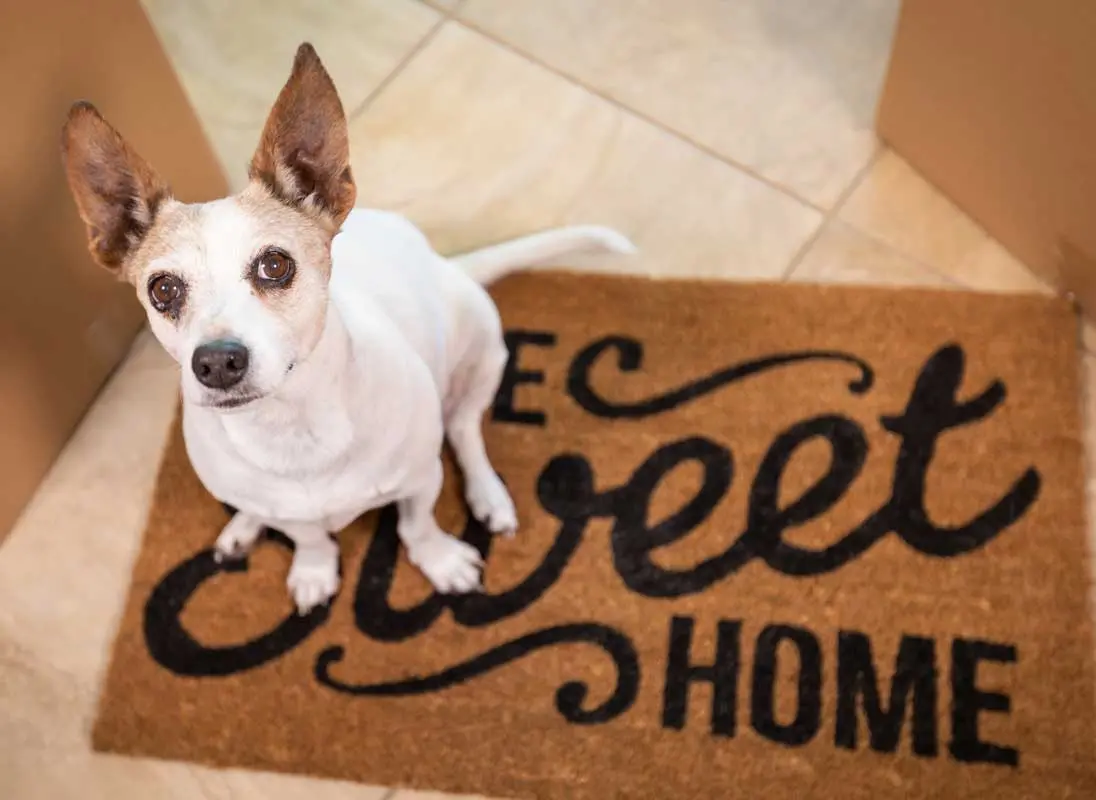Becoming a “pet parent” for the first time is exciting! A new family member is about to enter your home. This is also a time for careful consideration and planning. Your new pet has needs – love, safety, comfort, routines, food, water, a designated place to go potty and many more. The first days at a new home are also a time of uncertainty for a new pet so we’ve listed five tips to help a first-time pet parent here to help you and your new baby.
#1: Select a pet that suits your lifestyle
Pets are a lifelong commitment but, unfortunately, too many are chosen for their looks, physical features, or popularity, and then surrendered to shelters when their natural behaviors or needs don’t fit with their new home. Don’t let yourself be swayed by the superficial—instead, select a species or breed based on your lifestyle. While pet quizzes can help you narrow down your options, start with basic questions, including:
- How much time can I devote to a pet?
- Can I afford to feed/house/groom/care for this species or breed?
- Do I have the outdoor space to adequately exercise the pet?
- Is my indoor space an appropriate environment for this pet (e.g., cages, aquariums, and terrariums, for avians, small mammals, and reptiles, respectively)?
- Is my support system appropriate to help care for the pet?
- Does everyone in the home want a pet?
When researching potential pets, reach out to national and local breed clubs, training groups, and organizations to connect with experts and hobbyists who specialize in your breed or species of interest. Check out local events, such as dog, cat, or reptile shows, where you can go and see the animals in person.
Since predicting the personality and adult size of a rescue pet can be challenging, try to meet the pet first. Ask about foster-to-adopt opportunities, so you can get to know the pet, and ensure a mutual good fit before completing the adoption process.
#2: Gather all supplies before bringing your new pet home
A move to a new home is a big day for a pet. Make sure you’re ready for your new family member by purchasing everything needed and setting it up before your pet arrives This will enable you to give your new pet your undivided attention as they transition to their new space. While some pets, such as reptiles and fish, require specialized items, basic supply categories for all pets include:
- Food and water — Find out the pet’s current diet, so they don’t experience stress or an upset stomach during the transition.
- Dishes — Small pets may need a water bottle.
- Confinement — Crate, exercise pen, aquarium, cage, leash and collar for dogs
- Elimination — Litter box and litter, scoop, potty pads, and pick-up bags for solid waste
- Exercise — Toys to encourage play and safe chewing, and structures to climb, hide, and perch
- Mental stimulation — Food puzzles, interactive toys, and an enriched environment (e.g., window perches, cat trees, hiding boxes)
- Safe cleaning supplies — Check product labels, because birds, cats, and reptiles can be highly sensitive to certain chemicals.
- Phone numbers — of your veterinarian, an urgent care veterinarian, a 24-hour vet, and the poison control for pets line
#3: Pet-proof your home and set up your pet’s space
When your new pet comes home, restrict them to a small area at first. For kittens and puppies, this often means a large crate, small room, or an exercise pen. Confining your pet to a small space helps with housebreaking and litter box training, and keeps your curious newcomer out of trouble. No matter how big or small your pet is—or will become—pet-proofing is essential to prevent pet injuries, emergencies, and home damage.
General pet-proofing guidelines include:
- Supervising your pet when they are not confined to a crate
- Blocking access to certain areas by keeping doors and gates closed, or putting up barriers (e.g., exercise pens, baby gates)
- Removing all electrical cords from the pet’s area
- Removing all common pet toxins, including poisonous houseplants
- Relocating breakable and small items that may be chewed or swallowed
- Securing all hanging cords, curtains, and draping items
- Keeping trash cans behind a barrier
#4: Establish a routine for your pet
Pets feel safe and confident when they can predict what will happen next. Try to keep your new pet’s daily necessities, such as feeding, exercising, and sleeping, on a regular schedule. This will also help potty training or litter box training, as consistent food and exercise schedules ensure predictable elimination. Interact consistently with your pet throughout the day calmly and positively. Avoid a vibe of being hurried or emotional. Your goal is to build trust and a sense of belonging.
#5: Visit your regular veterinarian within the first week
After your pet has a few days to settle in, take them to your regular veterinarian for an examination, whether or not they are up to date on vaccinations. A full physical examination will ensure they are in good health, and allow you to ask any questions about basic care, training, diet, and parasite prevention. It also establishes you as an existing patient in the event you need non-scheduled care.
Sharing your life with a pet is an exciting and rewarding journey but, like any adventure, you must plan and pack appropriately to ensure an enjoyable trip. Learning, preparing, and creating a consistent routine will lead to many years of pet health, happiness, and companionship.
Your regular veterinarian is your most trusted pet health resource, but pet life is 24/7. If your pet has a non-life-threatening after-hours accident or illness, contact your nearest UrgentVet for fast, professional, and friendly care—because your pet can’t wait to feel better.




